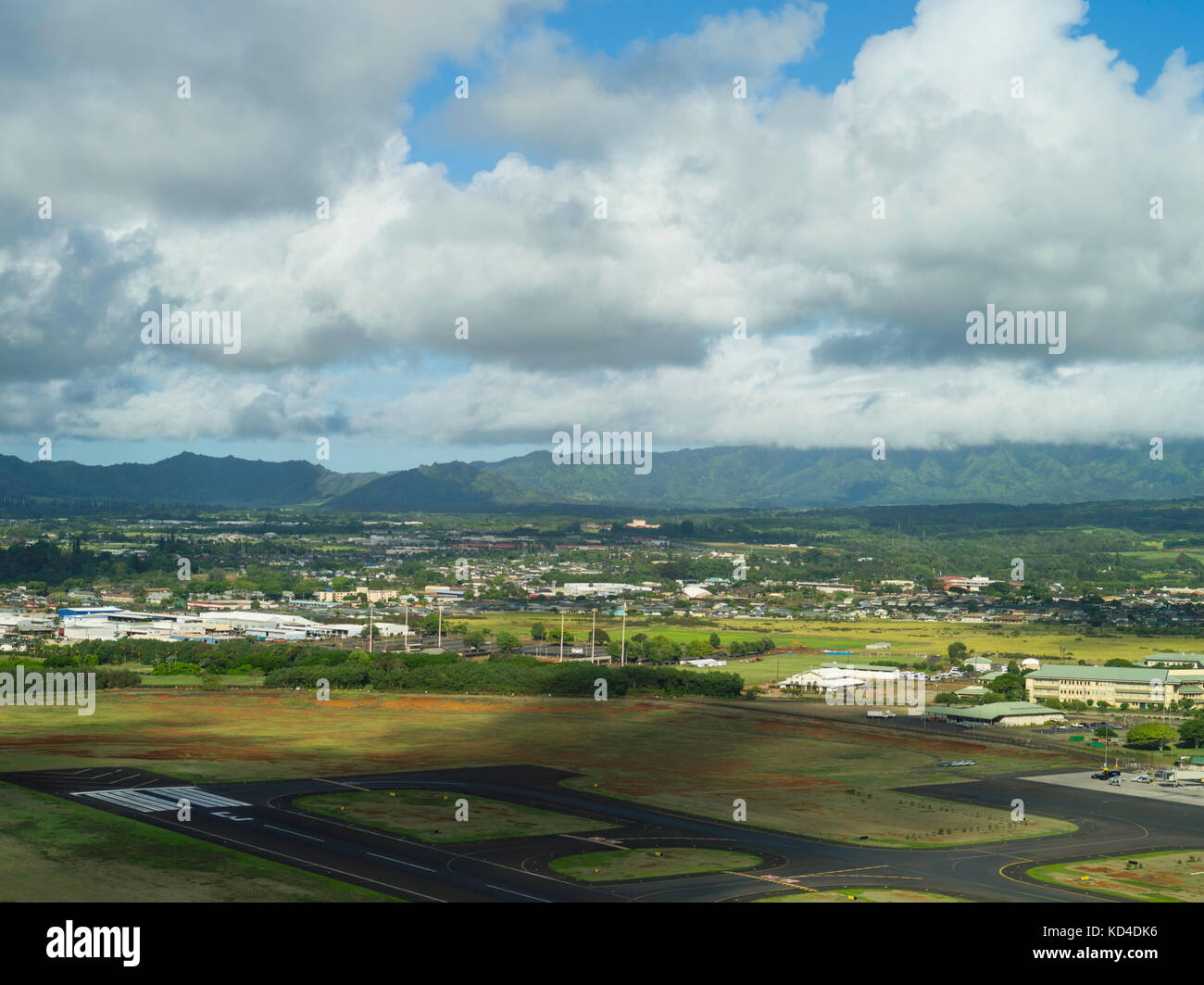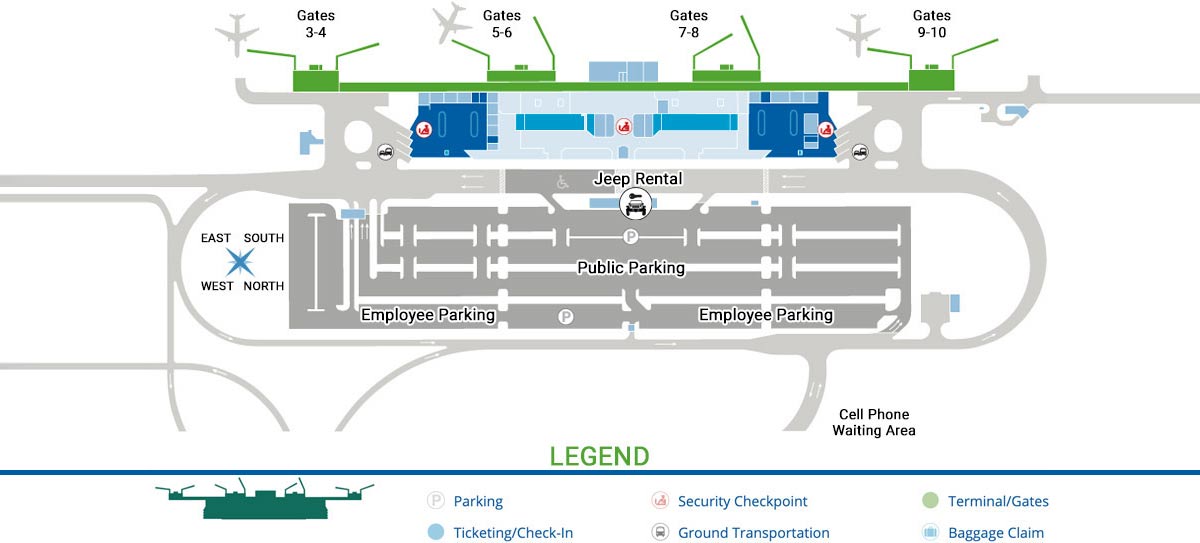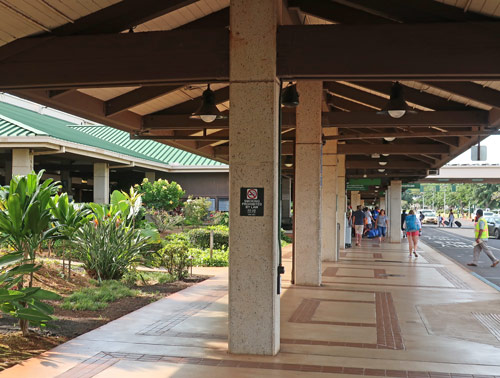“Okay, here is an article about Kauai Airport (Lihue Airport – LIH) written in English, aiming for approximately 2000 words.
Artikel Terkait Okay, here is an article about Kauai Airport (Lihue Airport – LIH) written in English, aiming for approximately 2000 words.
- Okay, Here Is An Article About The CLT Airport Map, Written In English And Aiming For A Length Of Approximately 2000 Words.
- Okay, Here Is A 2000-word Article About Gerald R. Ford International Airport (GRR) In English.
- Okay, Here Is An Article About The Hyatt Regency Orlando International Airport, Written In English, Aiming For Approximately 2000 Words.
- Okay, Here Is An Article About Destin-Fort Walton Beach Airport (VPS), Written In English, Aiming For A Length Of Approximately 2000 Words.
- Biggest Airport In The Us
Table of Content
- 1 Artikel Terkait Okay, here is an article about Kauai Airport (Lihue Airport – LIH) written in English, aiming for approximately 2000 words.
- 2 Video tentang Okay, here is an article about Kauai Airport (Lihue Airport – LIH) written in English, aiming for approximately 2000 words.
- 3 The Gateway to Paradise: A Deep Dive into Kauai’s Lihue Airport (LIH)
Video tentang Okay, here is an article about Kauai Airport (Lihue Airport – LIH) written in English, aiming for approximately 2000 words.
Okay, here is an article about Kauai Airport (Lihue Airport – LIH) written in English, aiming for approximately 2000 words.

The Gateway to Paradise: A Deep Dive into Kauai’s Lihue Airport (LIH)
Kauai, affectionately known as the "Garden Isle," is a place of unparalleled natural beauty. From the dramatic cliffs of the Na Pali Coast to the lush canyons of Waimea, the island captivates visitors with its vibrant landscapes, rich culture, and laid-back atmosphere. For the vast majority of travelers, the journey to this tropical haven begins at one crucial point: Lihue Airport (LIH). More than just a transit hub, LIH is the primary gateway that connects Kauai to the rest of the Hawaiian Islands and the wider world, serving as the essential first impression and final farewell for hundreds of thousands of visitors each year.
Unlike many modern, enclosed, climate-controlled airport terminals, Lihue Airport offers a distinctively Hawaiian experience from the moment you step off the plane. Its unique open-air design immediately immerses travelers in the island’s environment, a gentle introduction to the sights, sounds, and smells of the tropics. This article will take a comprehensive look at LIH, exploring its history, facilities, operational significance, and the unique role it plays in the life and economy of Kauai.
A Glimpse into History: From Humble Beginnings to a Vital Hub
The history of Lihue Airport is intrinsically linked to the development of aviation and tourism in Hawaii. Like many airports in the islands, its origins are tied to military necessity and the burgeoning interest in air travel in the early 20th century.
Prior to the establishment of a dedicated airport, travel to Kauai was primarily by sea. Inter-island steamships were the lifeline, connecting Kauai to Oahu and other islands. The advent of the airplane, however, promised faster, more efficient transit. Early aviation in Hawaii was pioneered by figures like Inter-Island Airways (later Hawaiian Airlines), which began scheduled passenger service between the islands in 1929.
The site for Lihue Airport was initially developed in the late 1930s and early 1940s. Its strategic location on the relatively flat southeastern coast near the main town of Lihue made it a suitable spot for an airfield. During World War II, like many civilian airfields across the Pacific, it played a role in the war effort, serving military needs.
Following the war, the focus shifted back to civilian aviation. As tourism began to grow in Hawaii in the 1950s and 1960s, the need for improved airport infrastructure on all islands became apparent. Lihue Airport underwent significant development during this period to accommodate larger aircraft and increasing passenger numbers. Runways were extended and paved, and terminal facilities were expanded.
A major turning point came with the advent of jet travel. The ability of jet aircraft to fly longer distances meant that direct flights from the U.S. mainland to neighbor islands like Kauai became feasible, bypassing the traditional stopover in Honolulu. This capability dramatically increased Kauai’s accessibility to tourists from the West Coast and beyond. Lihue Airport was upgraded to handle these larger jet aircraft, including the construction of longer runways and more robust terminal facilities.

The late 20th century and early 21st century saw continued growth and periodic upgrades to the airport. While it has evolved significantly from its early days, the core layout and the distinctive open-air elements that define the passenger experience today largely took shape during these periods of expansion aimed at supporting the booming tourism industry. The airport’s development mirrors Kauai’s transformation from a primarily agricultural island to one heavily reliant on tourism, with LIH serving as the essential bridge for this economic shift.
Location and Setting: Where the Island Greets You
Lihue Airport (LIH) is situated on the southeastern coast of Kauai, approximately 1.5 miles (2.4 km) east of the town of Lihue, which is the island’s county seat. Its location is highly convenient, providing relatively easy access to the popular resort areas and attractions on the east side (Kapa’a, Wailua) and the south side (Poipu). Travel to the north shore (Princeville, Hanalei) and the west side (Waimea, Hanapepe) takes longer but is straightforward via the island’s main highways.
One of the most striking aspects of LIH’s location is its immediate proximity to the natural environment. The airport is nestled amidst tropical foliage, with views of the ocean and the island’s verdant interior mountains often visible from the runways and even parts of the terminal. The open-air design capitalizes on this setting, allowing the warm Hawaiian air, the scent of tropical flowers, and the sounds of nature to permeate the passenger areas. This provides an immediate sensory connection to Kauai, setting a relaxed tone for the start of a vacation.
The airport grounds themselves feature palm trees, lush landscaping, and an overall aesthetic that blends with the tropical surroundings, a stark contrast to the concrete and steel landscapes of many mainland airports.

Airport Code and Name
Lihue Airport is officially designated by the International Air Transport Association (IATA) code LIH. This three-letter code is used universally for ticketing, baggage handling, and flight tracking. Its International Civil Aviation Organization (ICAO) code, used more by air traffic control and pilots, is PHLI. The airport is commonly referred to simply as "Lihue Airport" or "Kauai Airport."
Airlines and Destinations: Connecting Kauai to the World
As the primary air gateway, Lihue Airport is served by a mix of inter-island and mainland carriers, connecting Kauai to major hubs in Hawaii and cities across the continental United States, primarily on the West Coast.
Inter-Island Travel:
The backbone of travel within the Hawaiian Islands is inter-island flights. Lihue Airport has frequent connections to:
- Honolulu (HNL), Oahu: This is the busiest route, with numerous daily flights operated primarily by Hawaiian Airlines and Southwest Airlines. Honolulu serves as a major hub for connecting flights to other islands and international destinations.
- Kahului (OGG), Maui: Direct flights connect Kauai to Maui, facilitating island hopping for visitors and residents. Hawaiian Airlines and Southwest Airlines operate this route.
- Kona (KOA), Island of Hawaii: Flights connect Kauai to the west side of the Big Island, another popular route for inter-island travel, served by Hawaiian Airlines and Southwest Airlines.
- Hilo (ITO), Island of Hawaii: Less frequent direct flights may connect LIH to Hilo on the east side of the Big Island, though connections via Honolulu are more common.
Mainland U.S. Travel:
Direct flights from the continental United States to Lihue Airport are crucial for tourism. These routes bypass Honolulu, saving travelers time and hassle. Major airlines operating direct flights include:
- Hawaiian Airlines: Offers direct service from several West Coast cities, including Los Angeles (LAX), Oakland (OAK), San Francisco (SFO), San Diego (SAN), Seattle (SEA), and Phoenix (PHX).
- United Airlines: Provides direct flights from its hubs, such as San Francisco (SFO), Los Angeles (LAX), and Denver (DEN).
- American Airlines: Connects LIH directly to Los Angeles (LAX) and Phoenix (PHX).
- Delta Air Lines: Offers direct service from Los Angeles (LAX) and Seattle (SEA).
- Alaska Airlines: A major player on West Coast routes, connecting LIH to cities like Seattle (SEA), Portland (PDX), and San Diego (SAN).
- Southwest Airlines: Has expanded its service to Hawaii, offering direct flights to LIH from cities like Oakland (OAK), San Jose (SJC), and Long Beach (LGB), in addition to its inter-island routes.
The specific routes and frequency can vary seasonally, but the presence of these major carriers ensures that Kauai is well-connected to key markets, particularly on the West Coast of the U.S., which is the primary source of visitors.
Airport Layout and Terminals: Embracing the Outdoors
Lihue Airport’s layout is relatively simple and easy to navigate compared to large international hubs. It primarily consists of a single main terminal building complex. However, the defining characteristic is its open-air design.
The terminal structure incorporates large, covered walkways and waiting areas that are open to the elements on one or more sides. While check-in counters, security screening, and baggage claim areas are indoors and protected, many of the gate holding areas and corridors connecting different parts of the terminal are open to the tropical air.
Upon arrival, passengers typically disembark from the aircraft and walk along covered walkways directly into the open-air corridors leading towards baggage claim. This walk is often accompanied by the sounds of tropical birds, the sight of lush landscaping just beyond the railings, and the immediate feeling of the warm, humid air.
The departure experience is similar. After checking in and clearing security, passengers proceed to their gates. Many gate areas feature benches or seating under a roof, but without enclosed walls, allowing travelers to feel the breeze and enjoy views of the tarmac and surrounding greenery while waiting for their flight.
The layout includes:
- Check-in Area: Located indoors, with airline counters and self-service kiosks.
- TSA Security Checkpoint: Leads to the airside (sterile) area.
- Gate Areas: Numbered gates are spread out along the terminal. Many are open-air waiting areas.
- Baggage Claim: An indoor area where arriving passengers retrieve their luggage.
- Arrival/Departure Lounges: While LIH doesn’t have extensive airline lounges like major hubs, there are waiting areas available.
